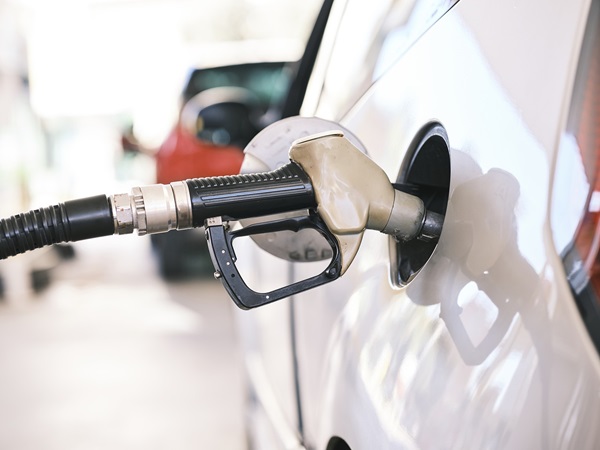BALTIMORE, MD—After a brief respite, the national average price of gasoline has edged back up, rising 0.9 cents in the past week to $3.10 per gallon, GasBuddy reported Monday. The slight increase comes as energy markets react to a new trade agreement between the United States and the European Union, which has pushed oil prices higher.
Despite the recent uptick, the national average remains down 6.5 cents from a month ago and is 37.5 cents per gallon lower than a year ago. The average price of diesel also increased, rising 1.6 cents in the last week to $3.709 per gallon.
“It’s been another relatively quiet week for average gas prices, with most states seeing modest or slight declines, while a handful of price cycling states experienced the most noticeable fluctuations,” said Patrick De Haan, head of petroleum analysis at GasBuddy. He noted that oil prices continue to hover in the mid-to-upper $60s.
De Haan added that with gasoline demand beginning to ease as August approaches, prices could gradually decline toward Labor Day. However, he cautioned that hurricane activity, which typically picks up this time of year, could disrupt supply and shift the outlook.
Oil prices saw an optimistic turn after the U.S. and E.U. reached a trade agreement over the weekend, leading to increased demand growth projections. In early Monday trading, West Texas Intermediate (WTI) crude oil was up $1.30 to $66.46 per barrel, while Brent crude oil gained $1.33 to $69.77 per barrel. Easing trade tensions are expected to stimulate economic activity and global energy demand.
Concerns about other trade deals persist, with the U.S. likely to extend an agreement with China. However, ongoing efforts by OPEC+ to boost oil supply are expected to limit significant price gains. An OPEC+ committee is meeting Monday to review market dynamics ahead of an Aug. 3 meeting to determine September’s production levels.
“Oil prices continue to hold up, benefiting from a trade deal between the U.S. and Europe and President Trump saying the time for Russian President Putin to reach a ceasefire with Ukraine would be shortened to 10-12 days. This supported concerns of potential Russian supply disruptions,” said Giovanni Staunovo, a UBS commodities analyst, in an email.
According to the U.S. Energy Information Administration (EIA) Weekly Petroleum Status Report for the week ending July 18, U.S. oil inventories fell by 3.2 million barrels and are about 9% below the seasonal average. Gasoline inventories also decreased by 1.7 million barrels but remain slightly above the five-year seasonal average. Distillate inventories, however, rose by 2.9 million barrels but are still about 19% below the five-year seasonal average.
The most common U.S. gas price encountered by motorists remained unchanged at $2.99 per gallon. The median U.S. gas price stands at $2.99 per gallon, up 1 cent from last week.
States with the lowest average gas prices include Mississippi ($2.66), Oklahoma ($2.67), and Louisiana ($2.73). Conversely, California ($4.42), Hawaii ($4.42), and Washington ($4.34) reported the highest average prices. Ohio saw the biggest weekly increase at 12.0 cents, while Indiana experienced the largest decline at 9.8 cents.
See previous gas price reports here
In and around the Nottingham area, the cheapest gas this week could be found at these locations…
- Bowleys Quarters
- Carney
- Edgewood
- Essex
- Fallston
- Joppa
- Kingsville
- Middle River
- Nottingham
- Overlea/Fullerton
- Parkville
- Perry Hall
- Rosedale
- Rossville
- Towson
- White Marsh
Photo via Pixabay


